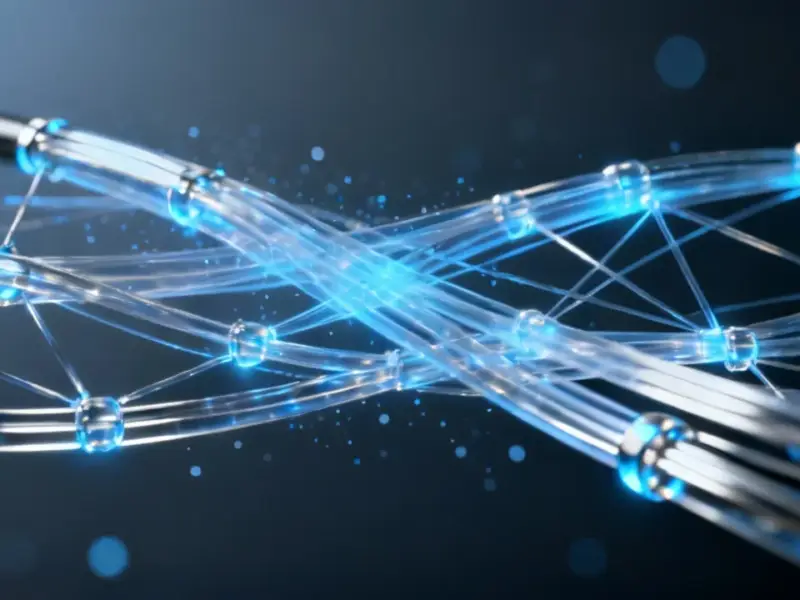According to KitGuru.net, the US Patent and Trademark Office director John Squires has ordered a re-examination of Nintendo’s recently granted patent covering monster capturing, throwing, and battle mechanics. This comes just after the Japanese patent office rejected Nintendo’s application for the same patent, dealing a significant blow to their ongoing lawsuit against PocketPair, the studio behind Palworld. Nintendo filed these patents earlier this year specifically to use against Palworld’s creators. The patent’s vague language could potentially impact hundreds of games beyond just Palworld, including titles like Ark: Survival Evolved and Monster Hunter. Gamesfray discovered that the USPTO found conflict with a previous patent from Konami, who also has claims over similar character summoning mechanics.
This Patent Was Always Trouble
Here’s the thing – this patent should never have been granted in the first place. The language is so broad it could cover mechanics that have been in games for decades. I mean, automatic and manual character summoning? That describes half the RPGs ever made. When Nintendo initially got this patent earlier this year, the gaming community immediately called foul. And they were right to be concerned.
Basically, we’re looking at a company trying to patent what amounts to game design concepts rather than specific technological innovations. It’s the equivalent of trying to patent “driving cars in racing games” or “shooting guns in first-person shooters.” The whole situation reminds me of other overly broad patents that eventually got shot down after costing everyone time and money.
What This Means for Nintendo’s Lawsuit
So where does this leave Nintendo’s case against PocketPair? In pretty rough shape, honestly. If both the US and Japanese patent offices are rejecting or re-examining your key intellectual property claims, your legal foundation starts looking pretty shaky. The Palworld lawsuit was always controversial – while the game clearly takes inspiration from Pokémon, it’s fundamentally different in many ways.
Now imagine if this patent had stood. We’d be looking at potential legal threats against countless other games that use companion characters or summoning mechanics. From a business technology perspective, this is exactly why patent systems need careful oversight. When companies can weaponize overly broad patents, it stifles innovation across entire industries.
The Bigger Picture for Game Developers
Look, this re-examination is good news for everyone except Nintendo’s legal team. Game mechanics should be fair game for evolution and iteration. If every basic interaction needed licensing, we’d still be playing Pong. The fact that Konami has prior art here just shows how common these mechanics really are.
What’s interesting is how this plays into larger trends in gaming intellectual property. Companies are getting increasingly aggressive about protecting what they see as their turf, even when that “turf” consists of fundamental game design concepts. This re-examination might set an important precedent about what’s actually patentable in game mechanics versus what’s just part of the creative commons of game development.




